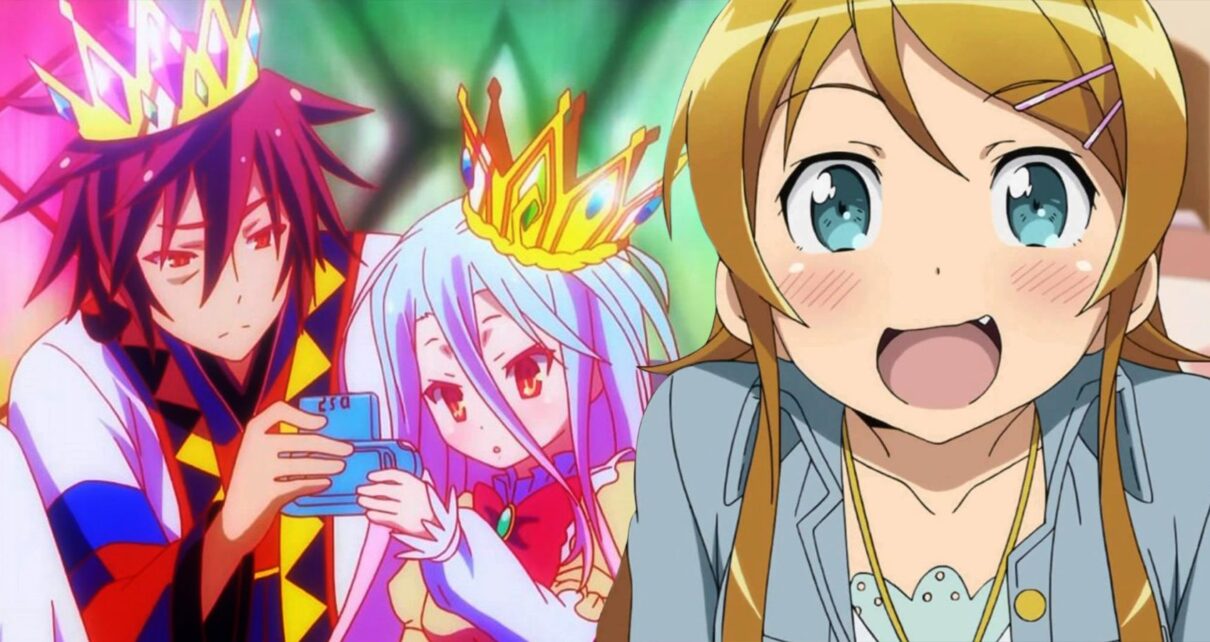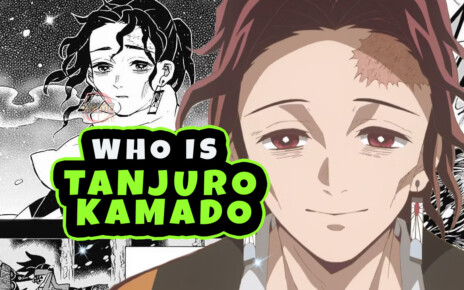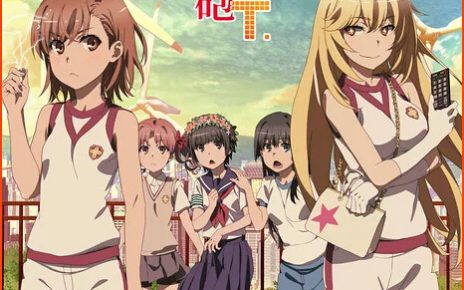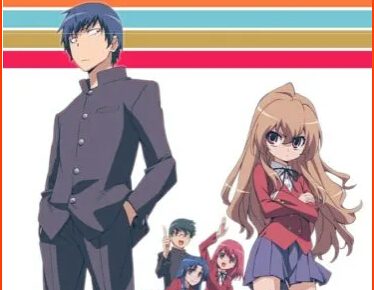Within the realm of anime storytelling, a range of character archetypes are commonly employed, including the familiar -dere types like tsundere and yandere, as well as archetypal roles like school delinquents, class representatives, and energetic girls. Particularly prevalent in this array of characters is the ‘imouto’ or younger sister archetype.
This focus on younger siblings in anime makes sense given that many protagonists are of school age and typically reside with their families. The imouto character stands out, especially when the narrative centers around an older brother in his teenage years, a concept that occasionally puzzles fans from the West.
Defining Traits of the Anime Imouto
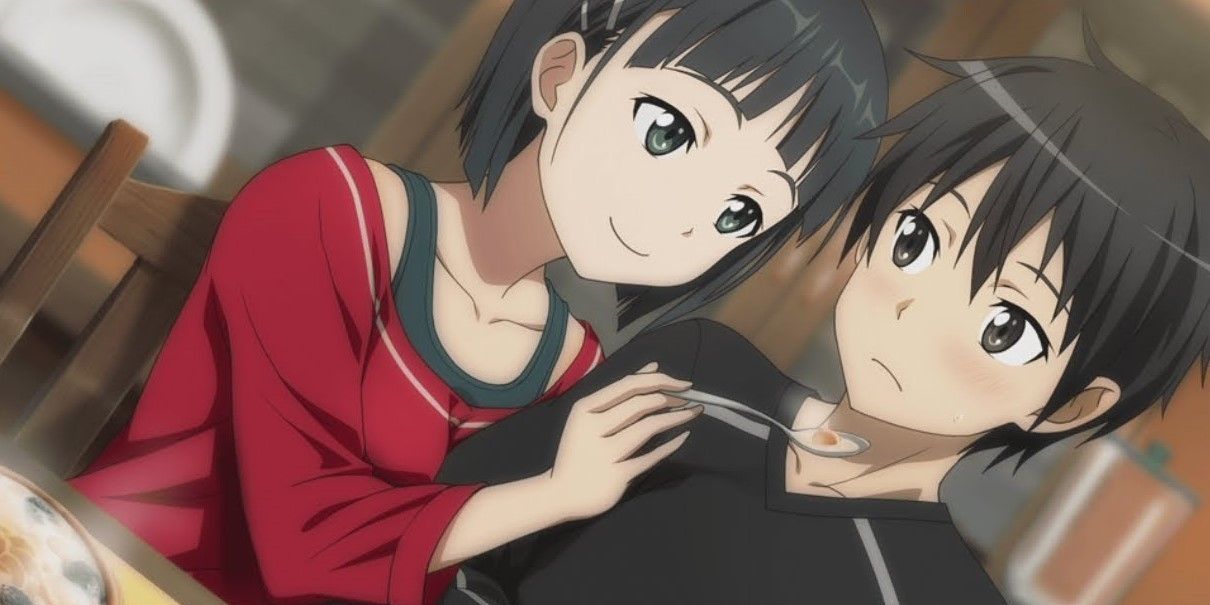
Although ‘imouto’ translates to younger sister in Japanese, in anime, this character type often extends beyond biological siblings to include cousins, step-siblings, or adopted sisters. A common trait among these characters is their romantic feelings for their ‘brother’ figures, which is a recurring theme particularly in genres like romantic comedies, harem series, and isekai.
This element often serves to mitigate the discomfort associated with incestuous themes for the audience.
Typically, these imouto characters exhibit tsundere traits, blending a feisty demeanor with a veneer of innocence. They often oscillate between hostility and affection towards their brothers, a mechanism to either conceal or deny their feelings.
Meanwhile, the older brother character is usually unaware of these emotions and, in cases of close blood relation, tactfully addresses these feelings towards the series’ end, often favoring another love interest. Notable examples include Kirito and Suguha from Sword Art Online, Kyousuke and Kirino from OreImo, Mikiya and Azaka from Kara no Kyoukai, and Nagi and Sachi from A Couple of Cuckoos.
The Appeal of the Imouto Archetype in Anime
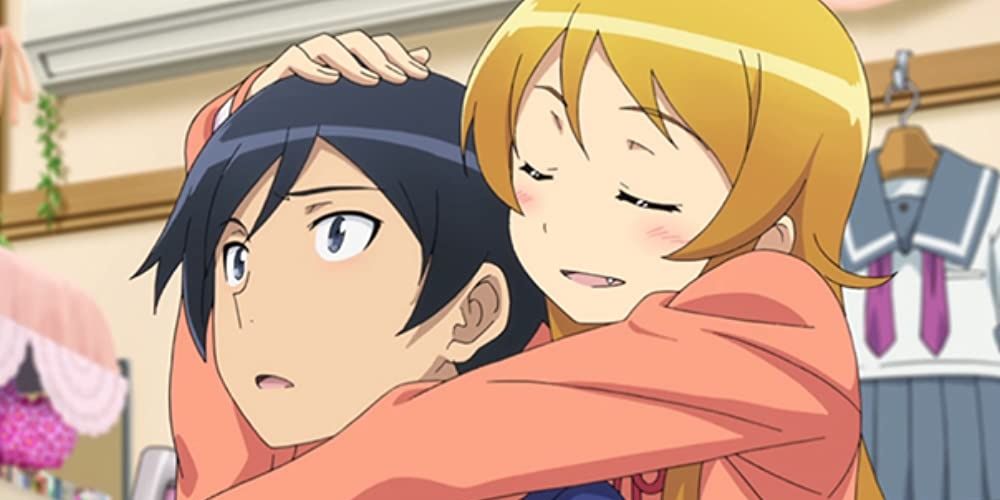
The imouto character often serves as a vessel for wish fulfillment, particularly appealing to the predominantly male audience of these anime genres. These narratives frequently include elements of fan service, whether through sexualized characters or through power fantasies where the protagonist finds himself in a superior position in a new world.
The inclusion of a devoted, charming, and romantically inclined younger ‘sister’ furthers this escapism.
Integrating younger sisters or sister-like figures into anime as either a main plot or a romantic subplot has been a staple since the early 1980s, with works like Miyuki, based on a manga series from 1980-1984.
The trend surged in popularity in the late 2000s and early 2010s with series like To LOVE-Ru, OreImo, Sword Art Online, and The Irregular at Magic High School, many of which originated from visual novels and light novels with existing fan bases.
As with the proliferation of isekai shows stemming from light novel adaptations, the imouto character has become a fixture in anime, likely to persist for the foreseeable future. This enduring trope continues to captivate its intended audience, while sometimes leaving Western viewers perplexed.
Final Thoughts
In conclusion, the imouto character archetype in anime represents a fascinating blend of cultural storytelling and genre-specific trends. Its enduring popularity underscores not only the dynamic nature of anime but also the evolving tastes and preferences of its audience.
While it may occasionally challenge the sensibilities of some viewers, particularly those in the West, the imouto remains a testament to anime’s ability to innovate and entertain through diverse character portrayals.
As anime continues to evolve and attract a global audience, it will be interesting to see how this and other character archetypes adapt and transform in the years to come, reflecting the ever-changing landscape of this vibrant and imaginative medium.
